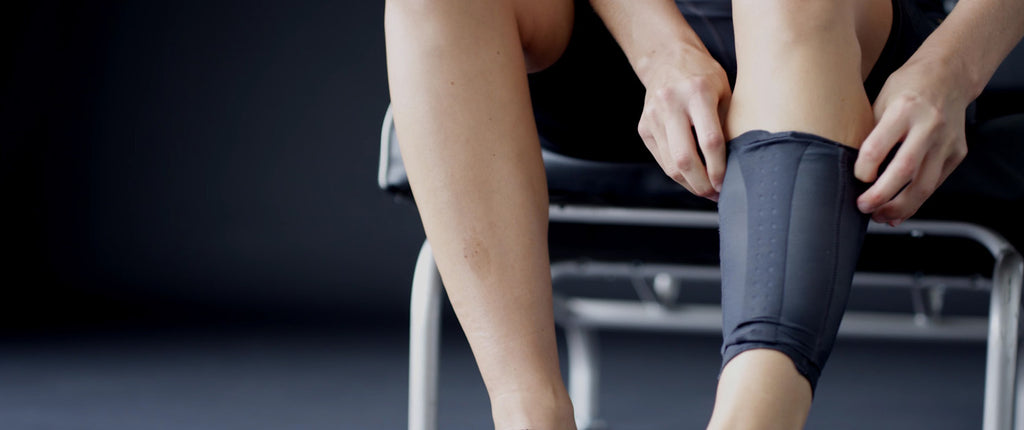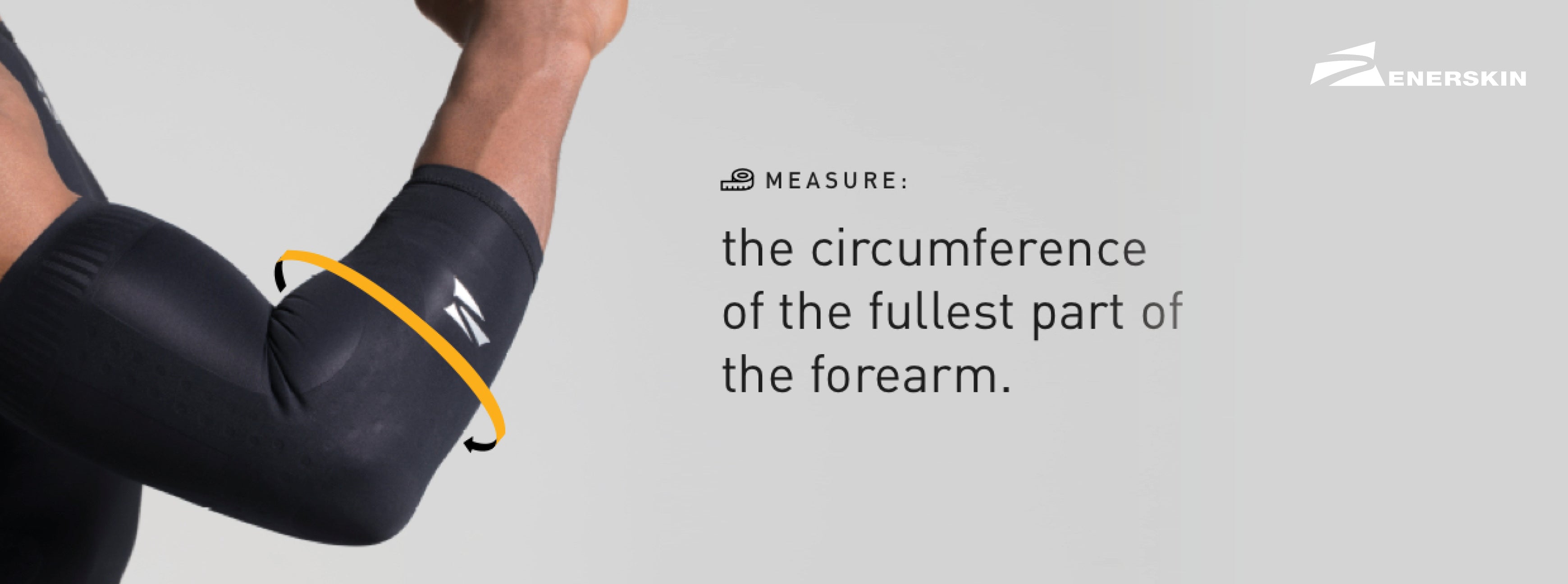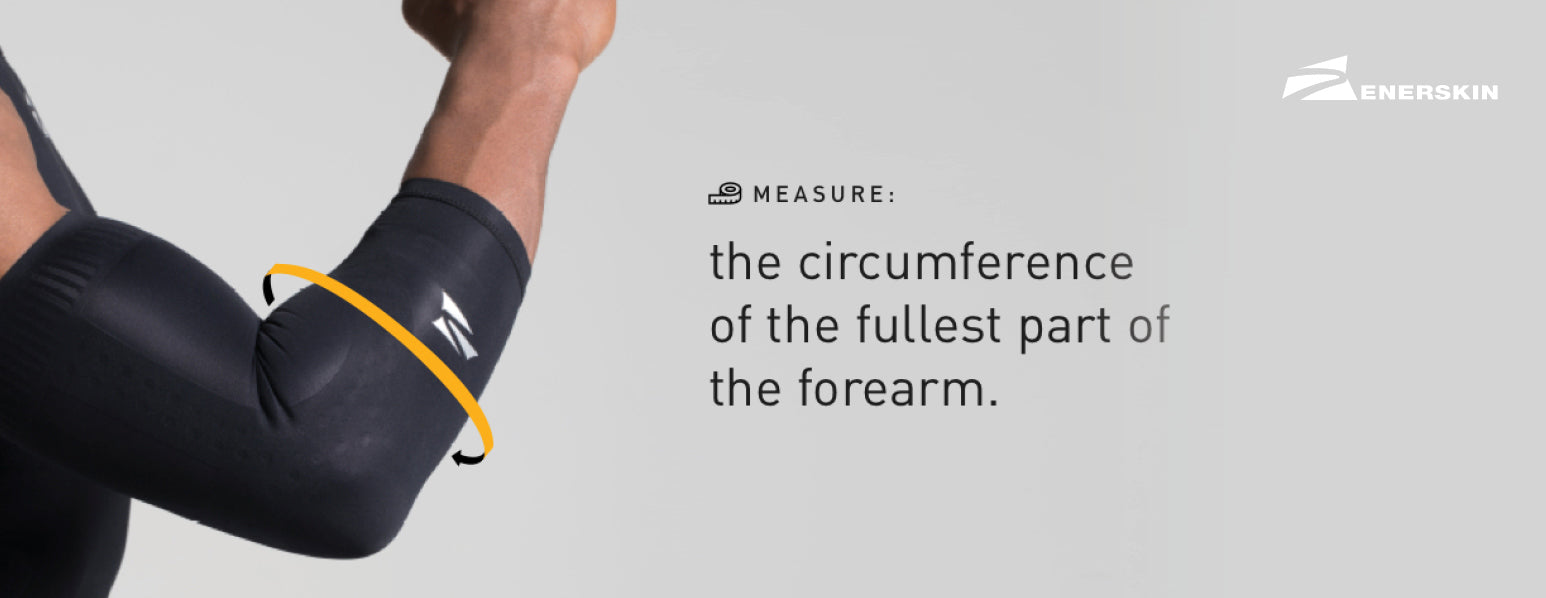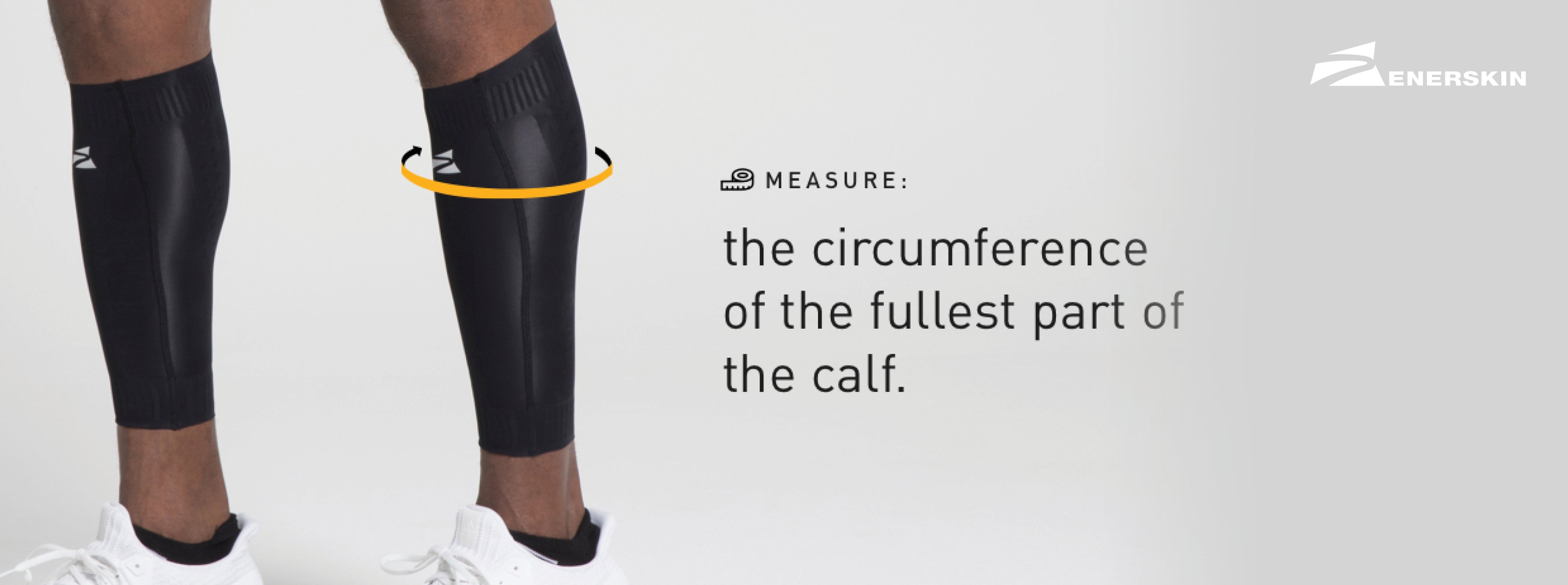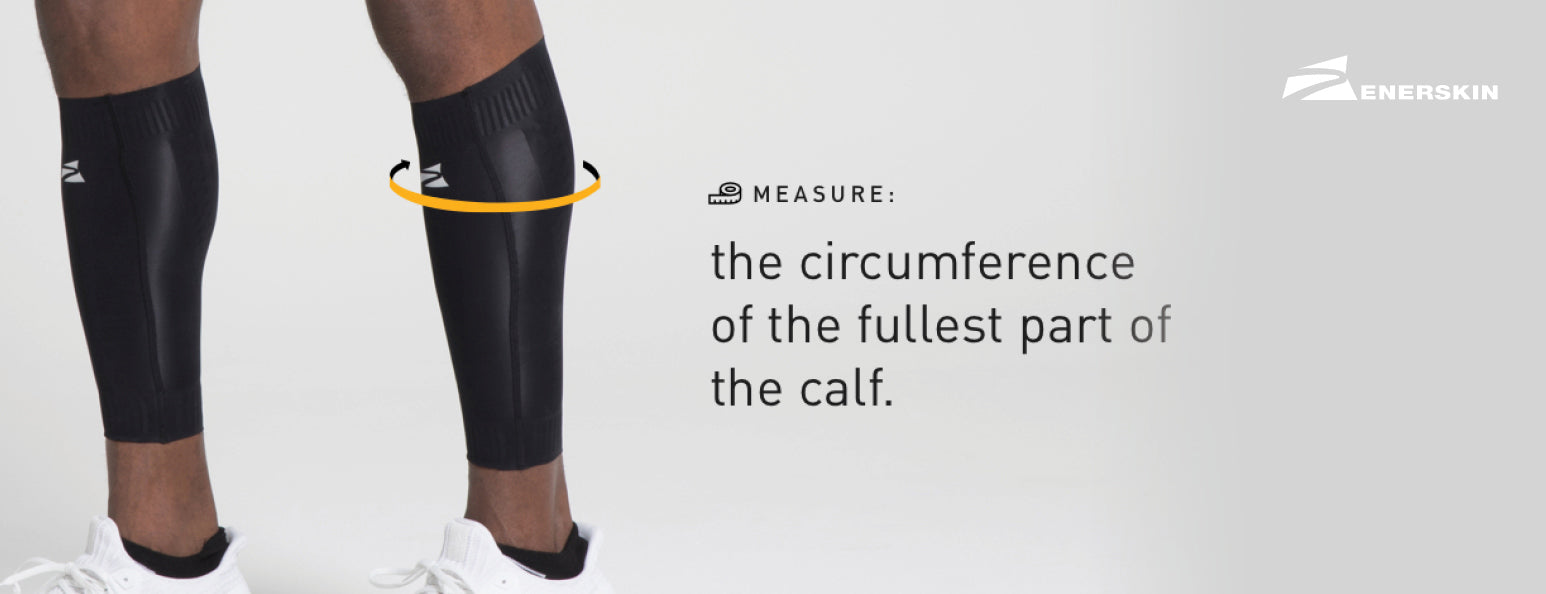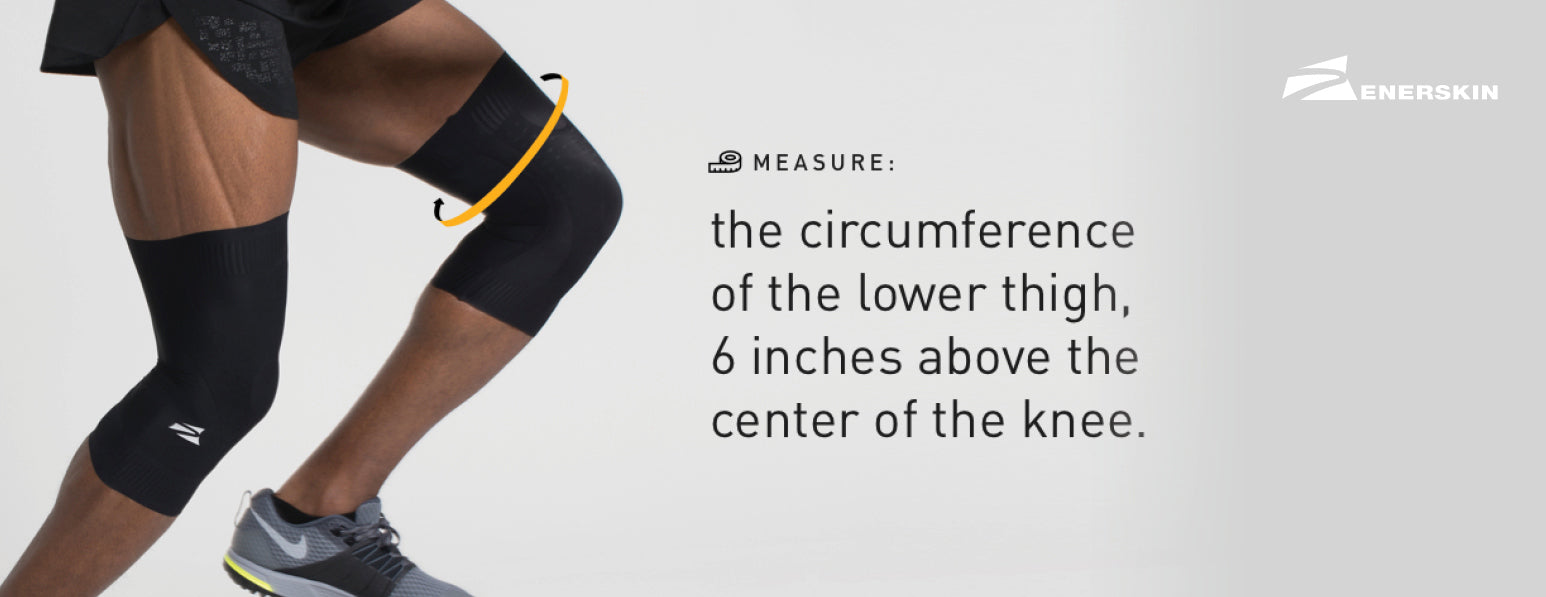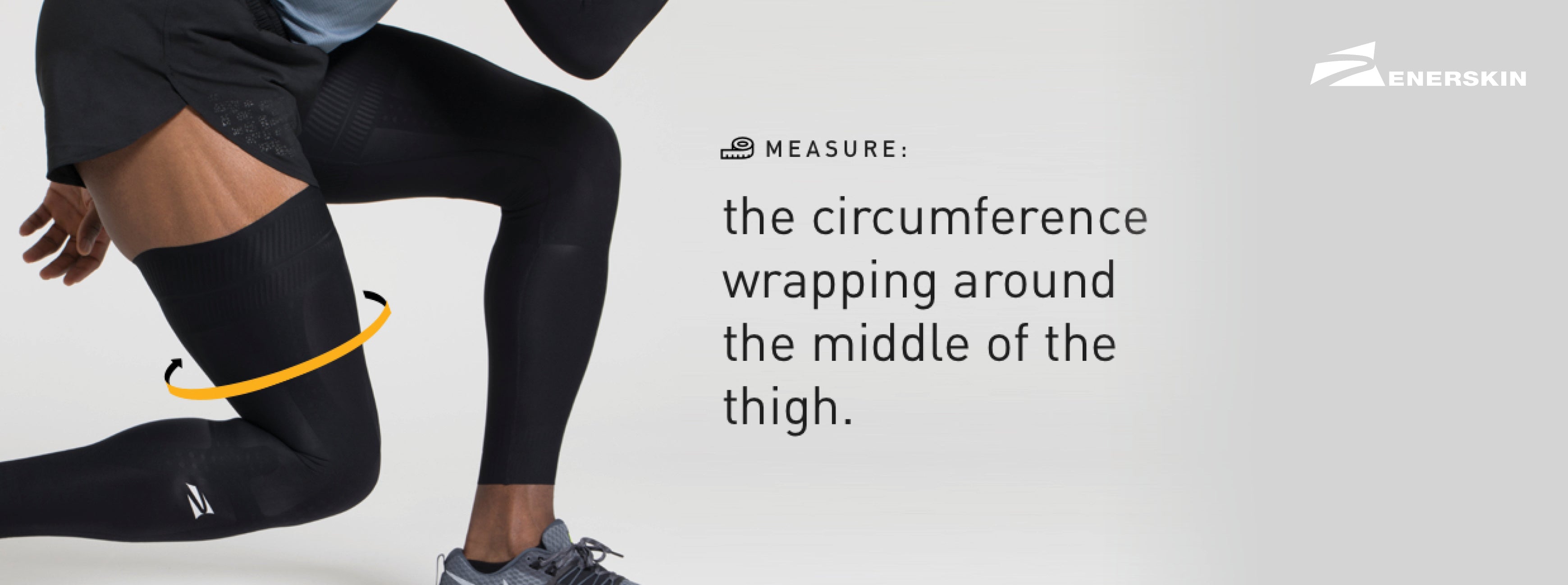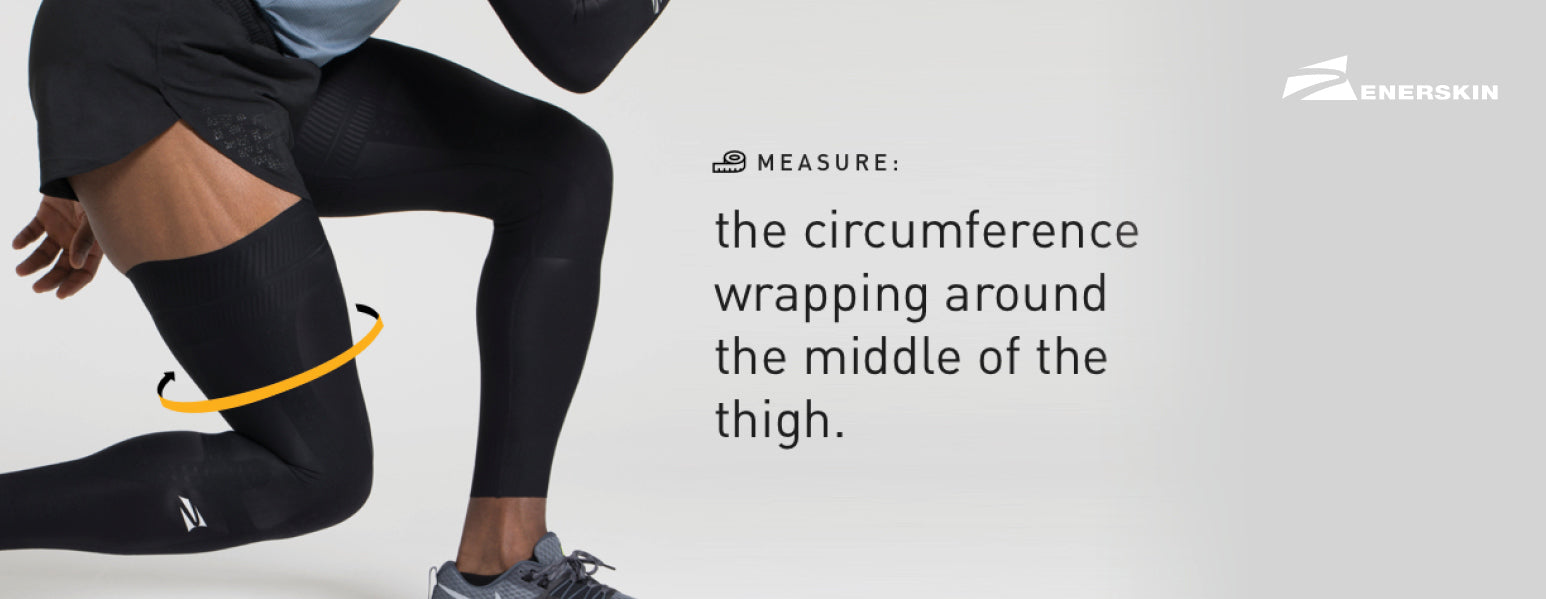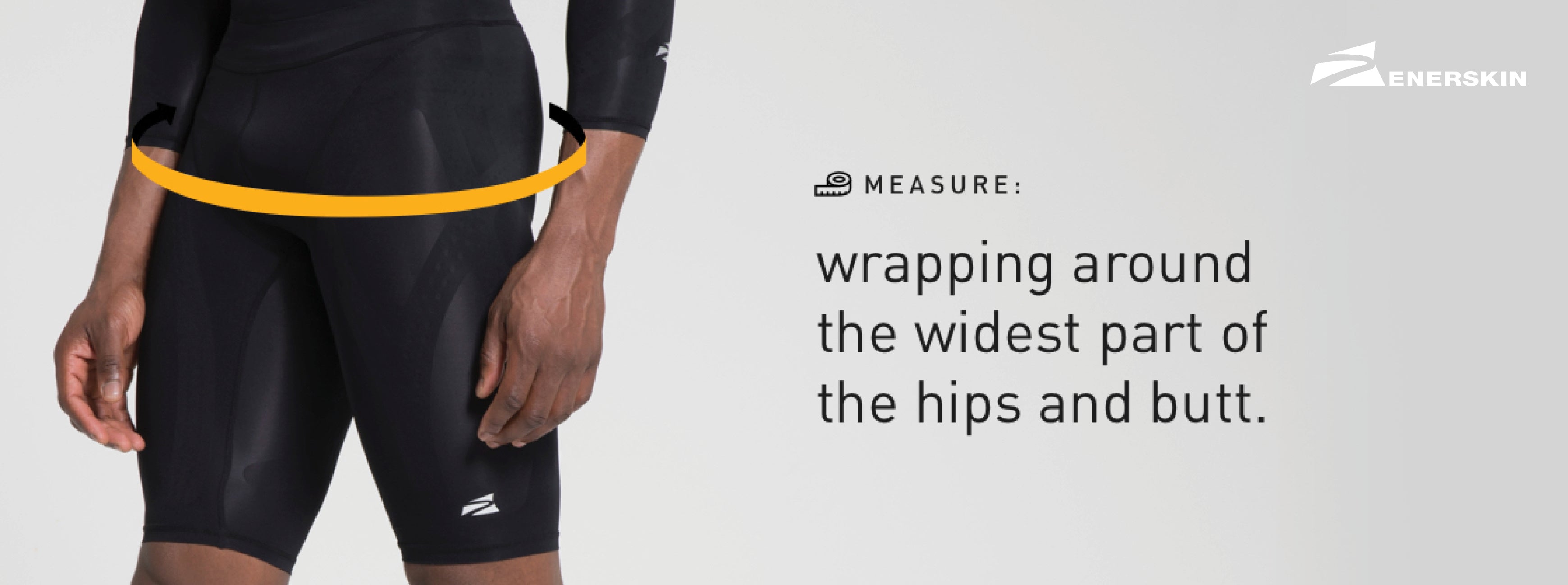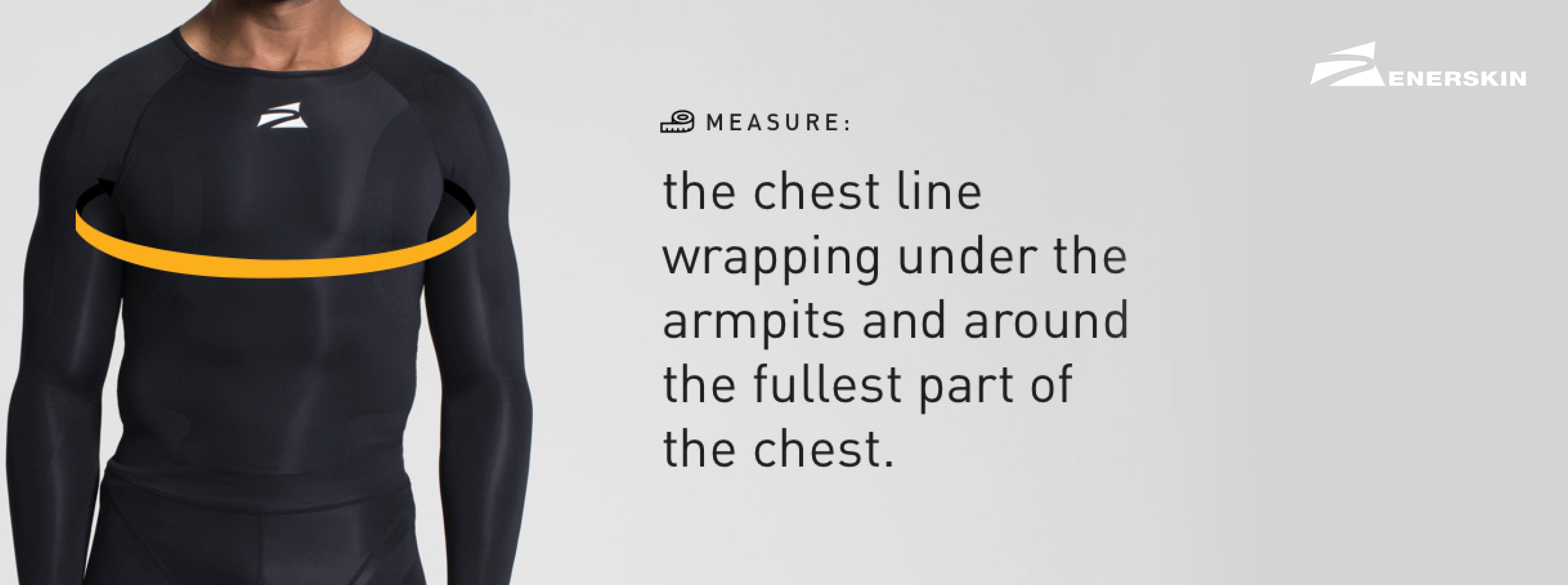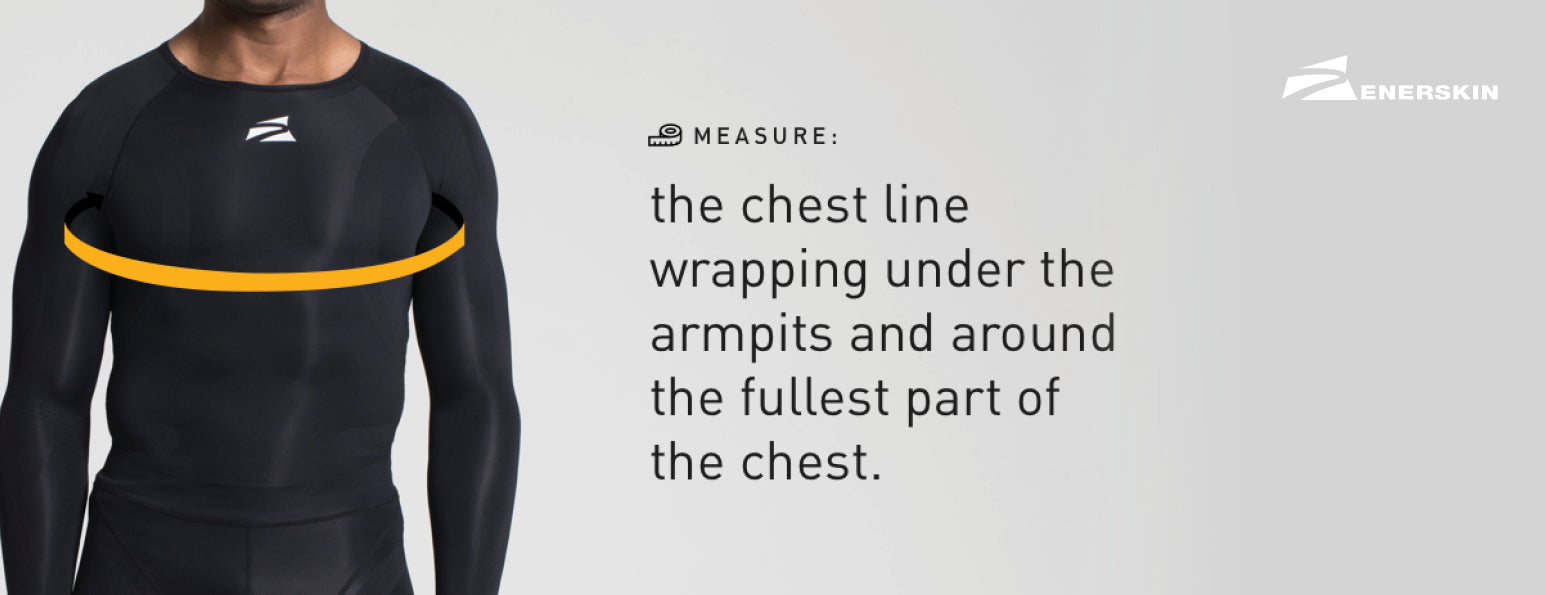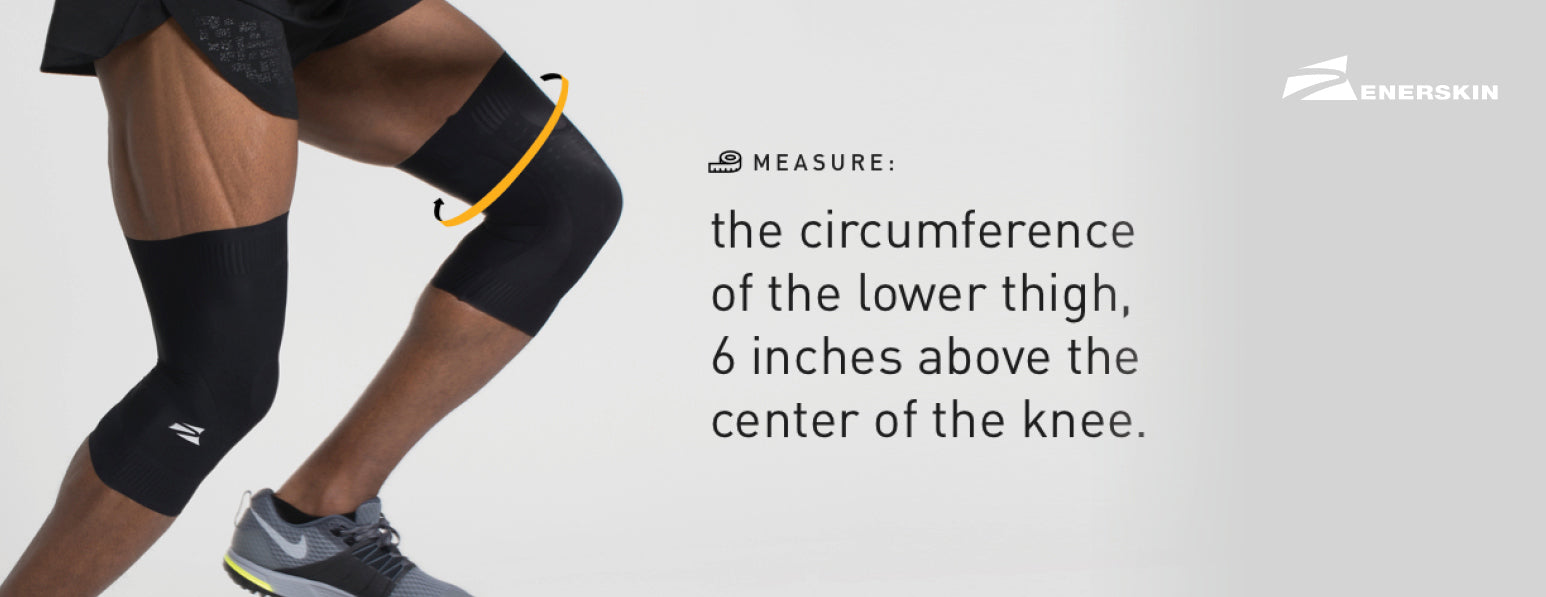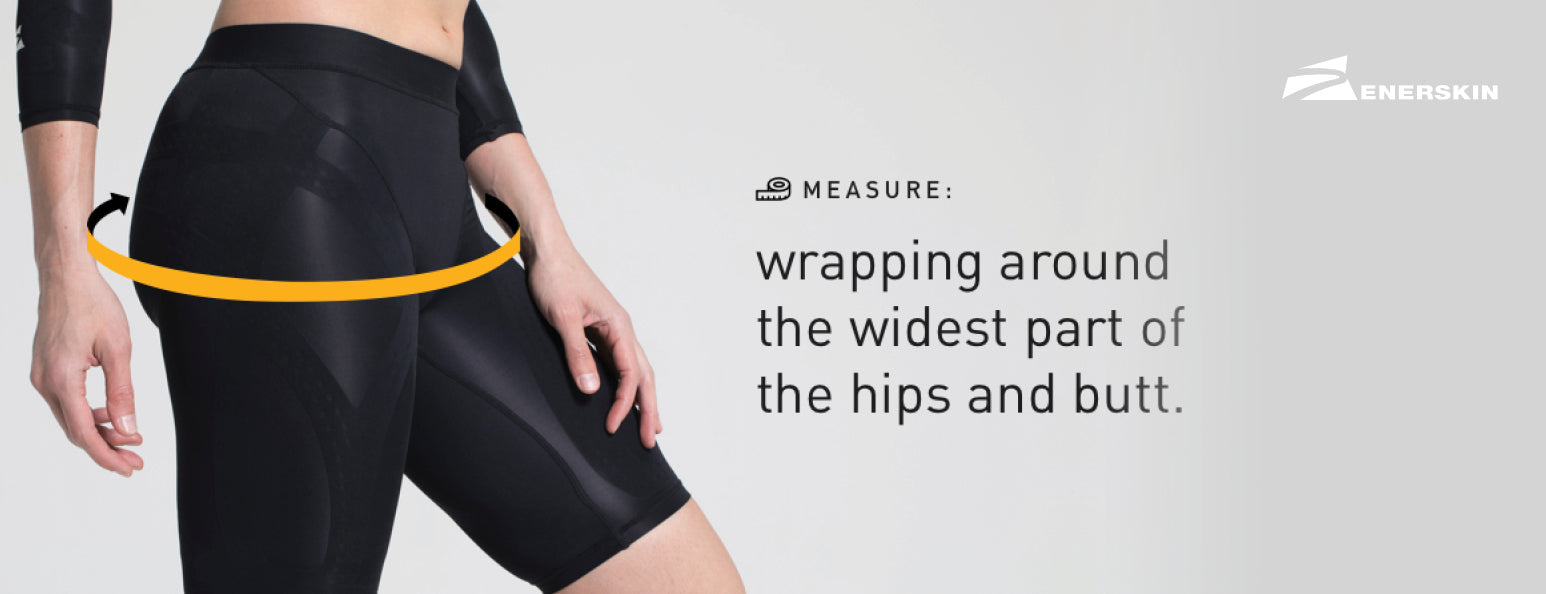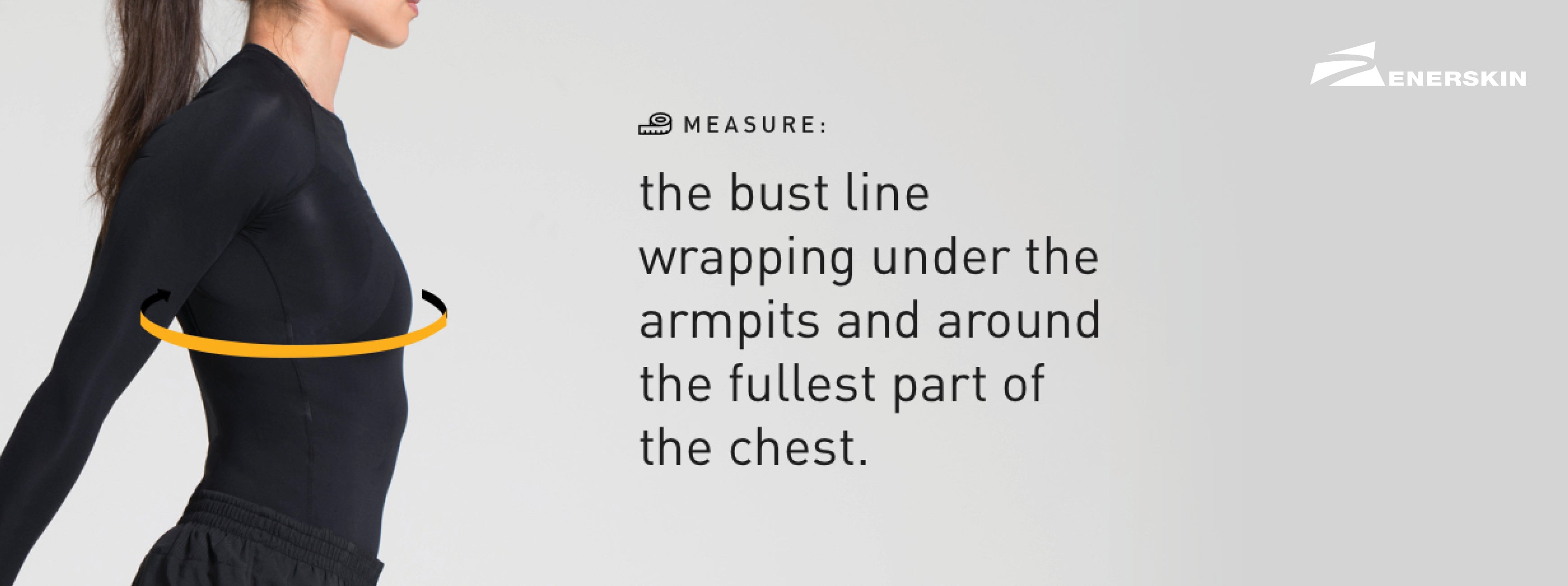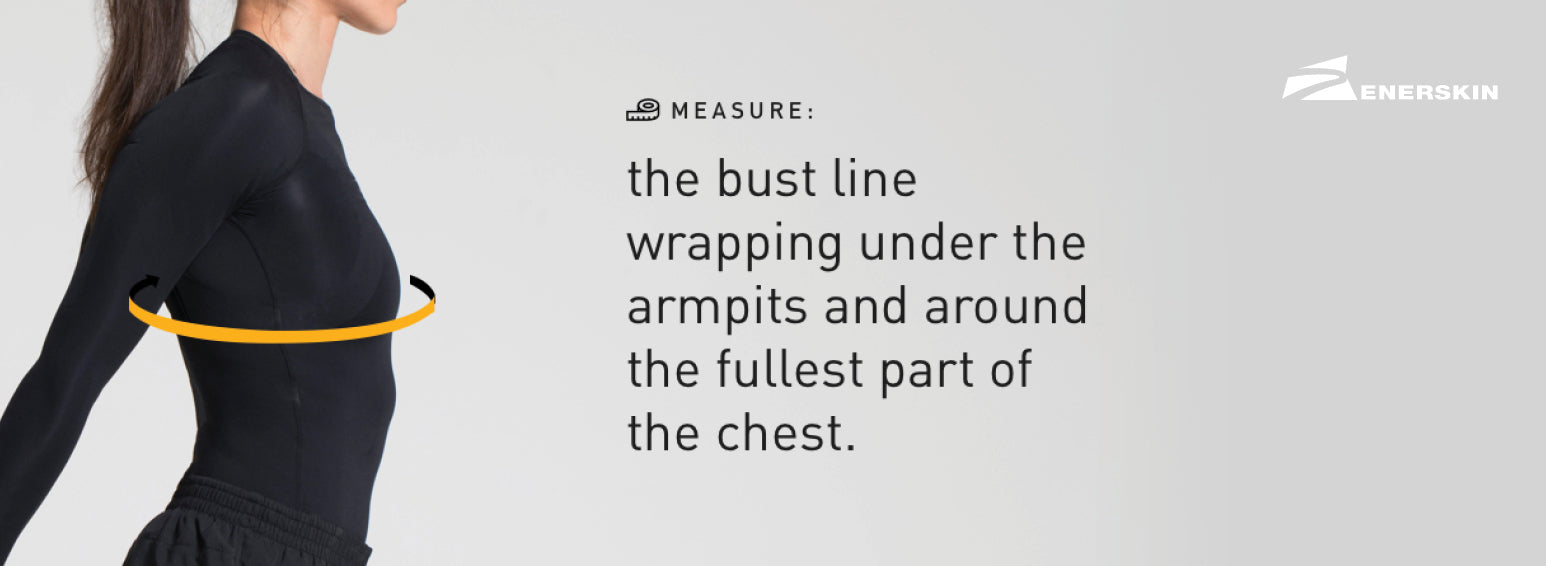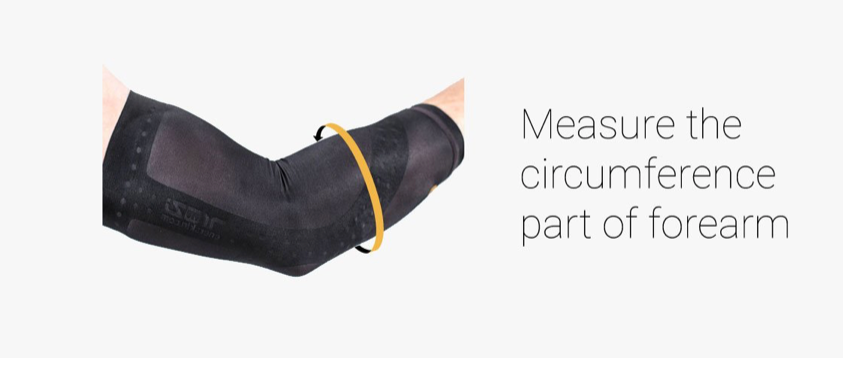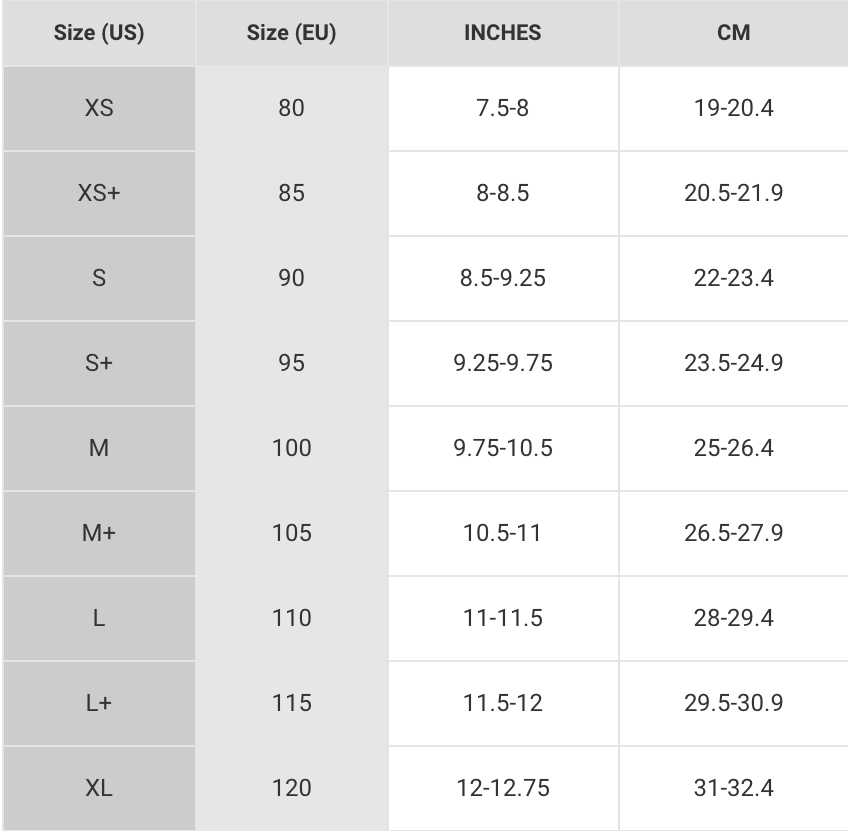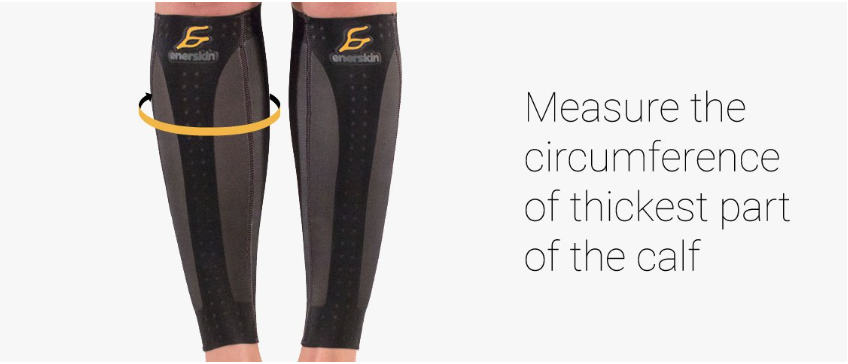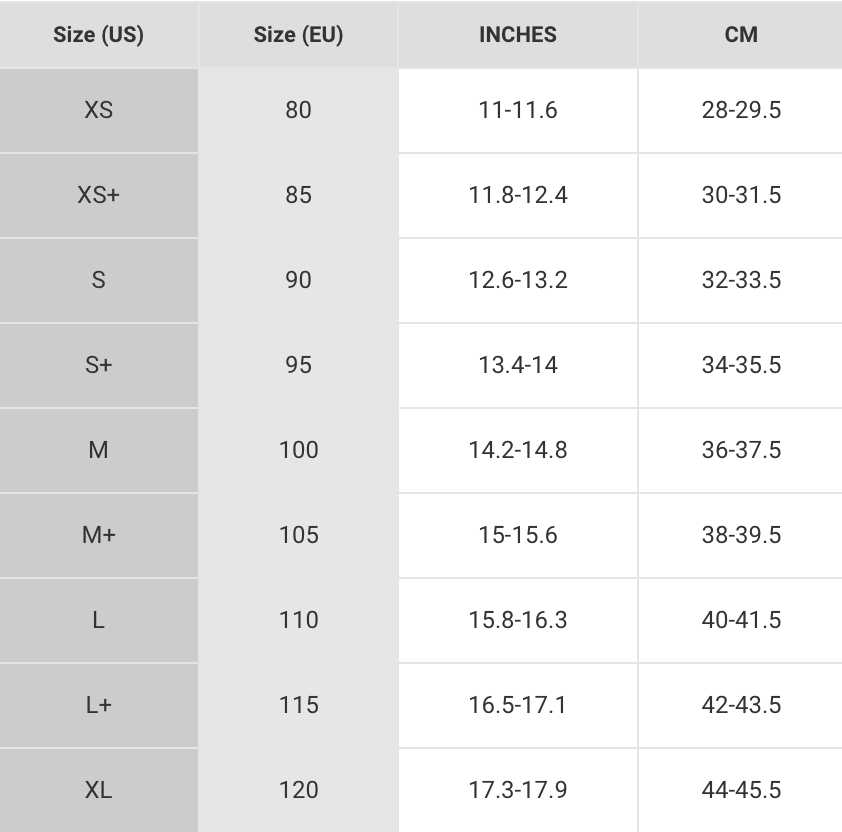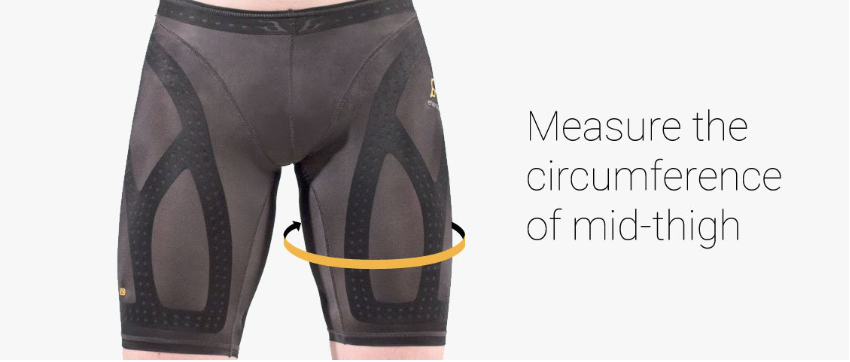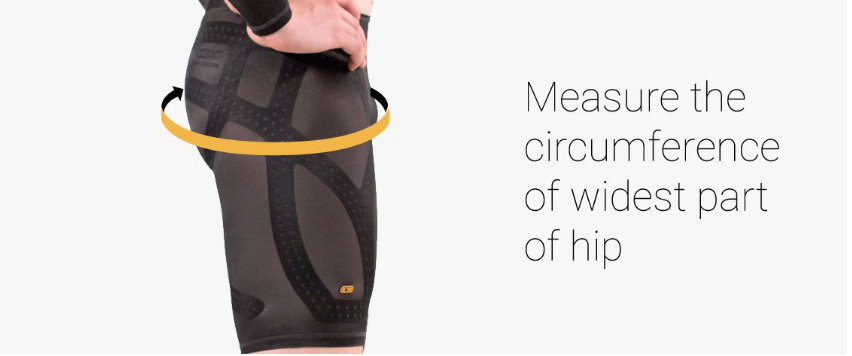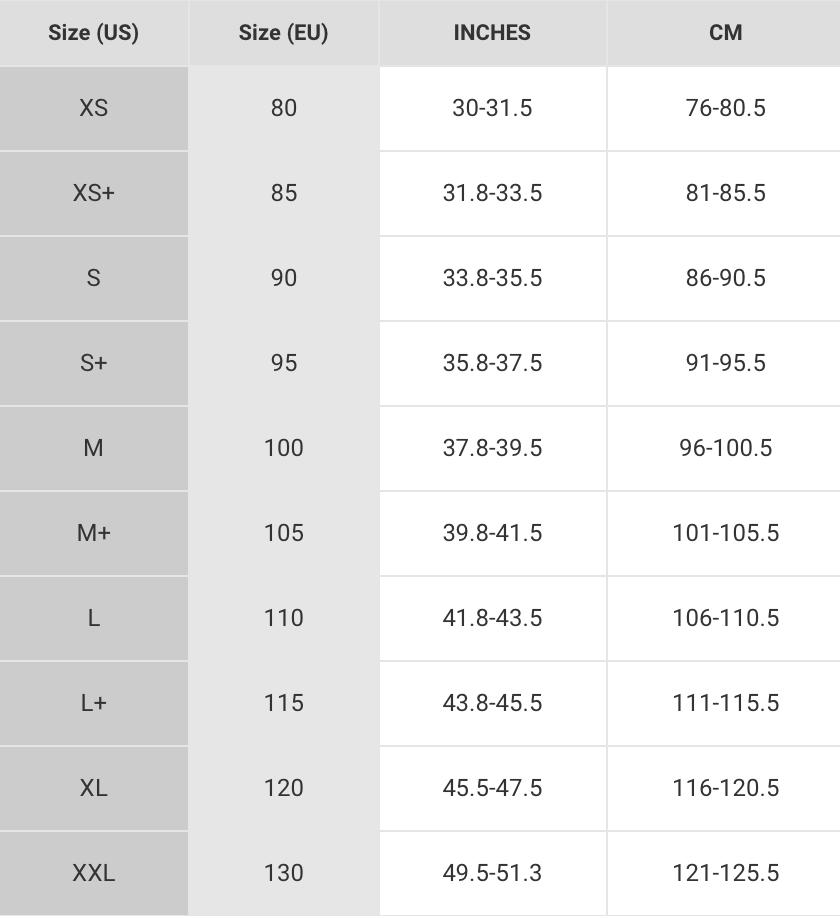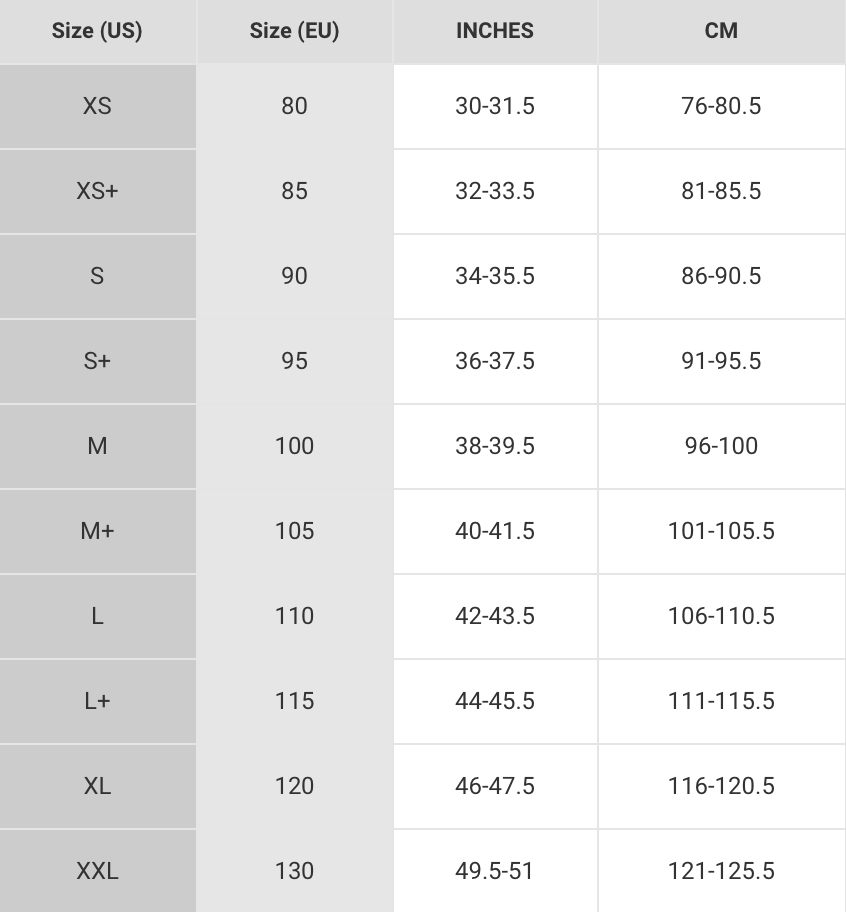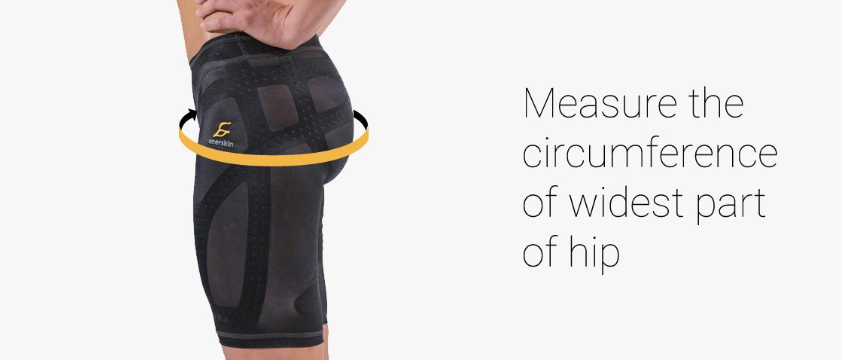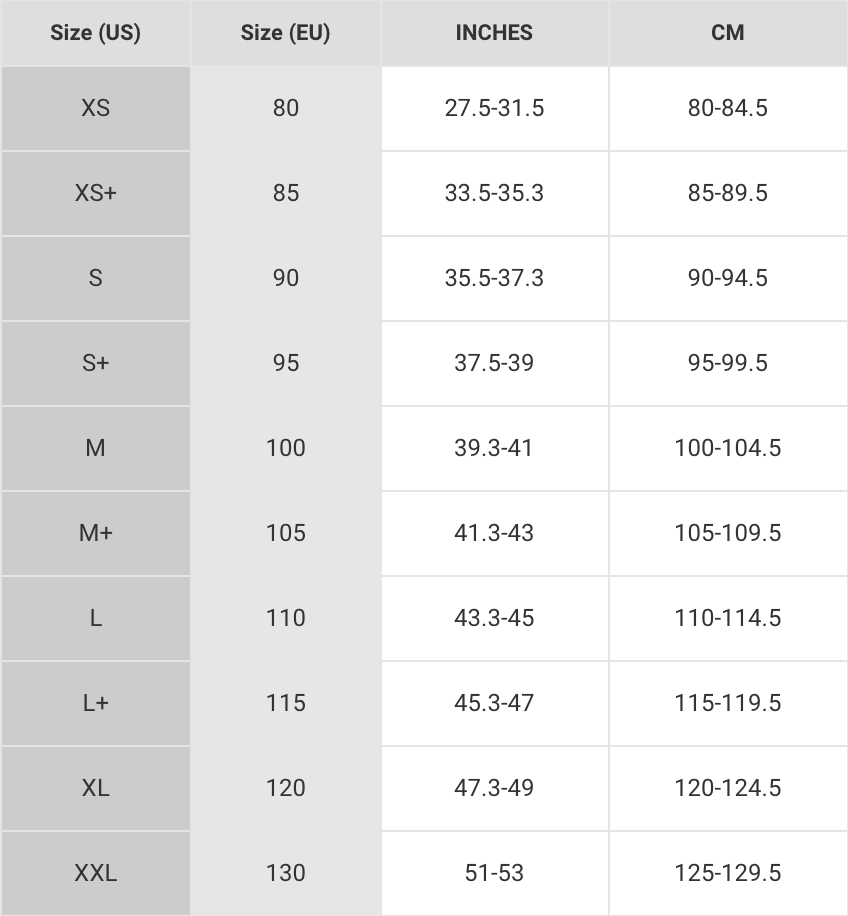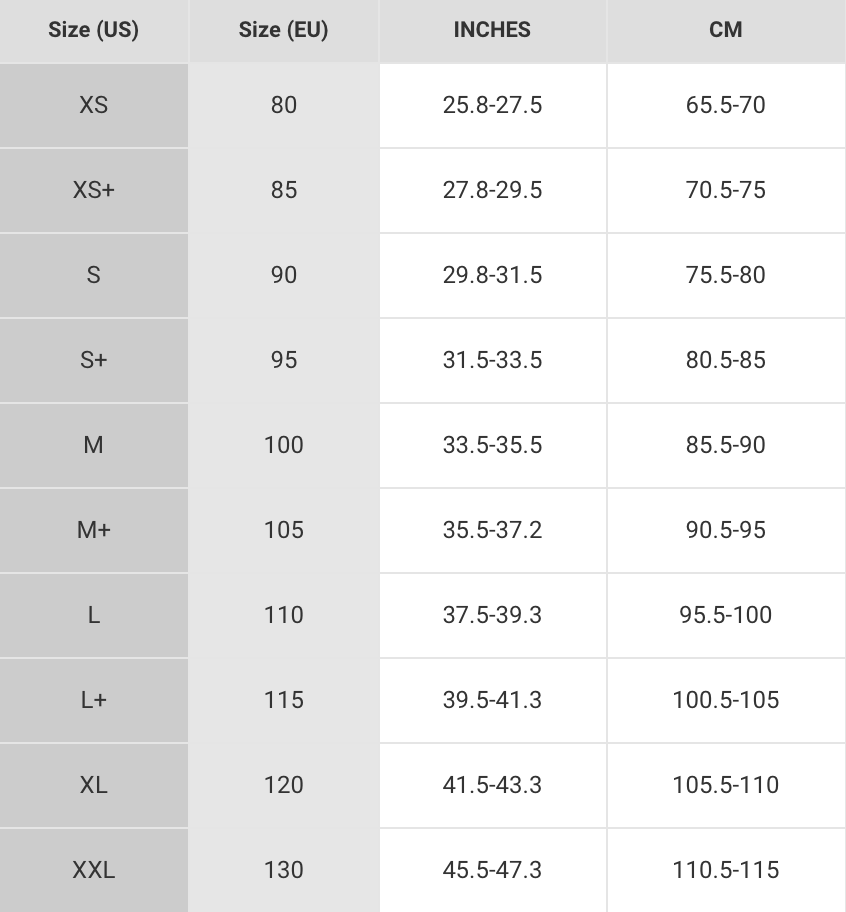Proper Weight Training Practices
There aren’t many better alternatives to building strength and burning fat than good old-fashioned weight training. You may be hitting the gym consistently, but are you following the best practices that will allow you to maximize your workouts? With the many benefits of weight training, it makes sense to periodically review good weightlifting tips.
Proper weight training techniques not only allow you to get the most ideal results, but they also help prevent injury. In this post, we’ll review some basic but essential tips on proper techniques for the next time you hit the weights.

End Goals of Proper Form
According to world record powerlifter Jordan Syatt, proper form has three main end goals:
- Building the habit and muscle memory of the lift - by starting with lighter weights and getting the form right, you ingrain the lift into your movement patterns
- Training the correct muscle groups - a lift done right will also target the muscle groups that it was intended to target and avoid training the wrong muscles
- Avoiding injury - with proper form you can prevent injury, both acute and chronic conditions
Is Textbook Form Real?
So far we’ve been mentioning proper weightlifting techniques - but is there such a thing as textbook form? In many instances you’ll hear one thing about form and turn around and hear something entirely different. What’s real and what’s fake news?
At Enerskin, we believe that there is an ideal form. For example, during barbell squats, there is a proper foot distance, depth, head positioning, etc. However, form can be a hindrance if you over-analyze every movement and avoid pushing yourself as a result.
A good rule of thumb is to avoid bad practices and continue to push the envelope on the amount of weight, reps, or volume during a session. The following tips should act as a guide for your future weight training workouts:
Tip #1: Don’t Skip Warming Up
Lifting weights with cold muscles is one of the easiest ways to injure yourself. Before starting on your first set, warm up with some stretches. Check out our post on Dynamic Stretching for some ideas.

It’s also a good idea to wear the right gear prior to lifting. Enerskin recommends the E75 collection elbow sleeves, developed for dynamic, intense, or repetitive arm movements with key support for the critical muscles and tendons surrounding the elbow.
Tip #2: Avoid Painful Movements
If you feel pain during a particular lift even while following established textbook form, then chances are you’re not getting the most out of your workout. Even worse, you could be risking injury.
Of course, there’s a difference between the type of soreness you feel from a good workout and the sharp pain that we’re referring to here. This requires listening to your body and using your best judgement given what you know about the form for that particular lift.
The best course of action when you feel pain is to stop that movement - something is off and you’ll need to re-evaluate the form. You may need to change up your movement until you no longer feel the pain. Some trial-and-error here will go a long way.
Tip #3: Avoid Working the Wrong Muscles
Train with the right amount of weight. If you use too much weight, you’ll be using other parts of your body (and those muscles) to compensate. If you use too little weight, you wouldn’t be building up the muscles that you’re training.
If you’re a beginner, we recommend erring on the side of lighter weights. This allows you to practice good form as you get used to the movements for a particular lift. If you’re more advanced, we recommend being a bit more aggressive with the weights, but within reason.
Closing Thoughts
Lifting weights is an amazing way to live a healthier life. But there’s so much information out there that it can be a headache to figure out what’s right for you. Regardless of what you find, remember the end goals of good form and the general tips we included here - they’re applicable for all your weight training practices. Happy lifting!

Sources:
https://www.mayoclinic.org/healthy-lifestyle/fitness/in-depth/weight-training/art-20045842
https://vitals.lifehacker.com/all-about-lifting-form-what-to-worry-about-and-what-n-1692058974
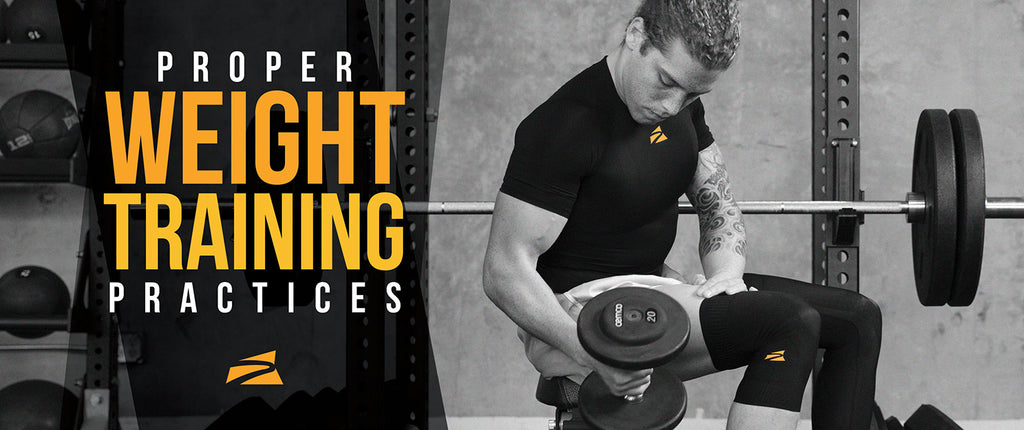
you may also like

